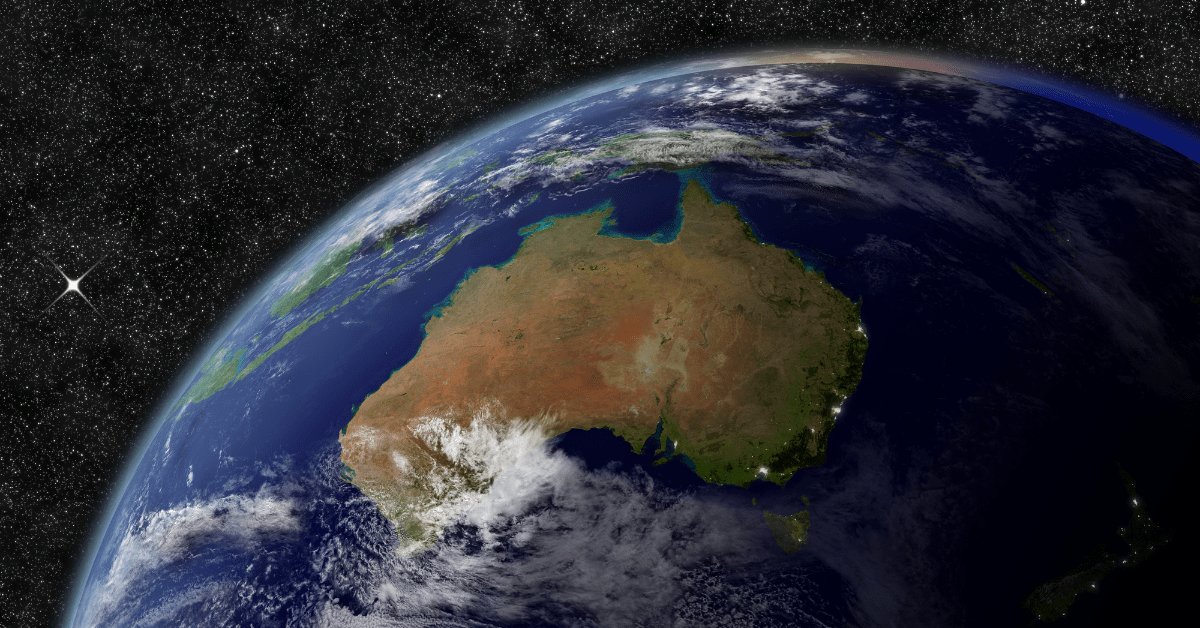
Australia is one of the top 15 transplanting nations in the world when measured by transplants from unrelated donors per million inhabitants. We rank alongside much bigger countries such as the UK, Korea, France, and Italy, reflecting Australia’s high standard of medical care.
Given Australia’s demand for unrelated stem cell donors, our registry has an ethical obligation to provide as many Australian donors as possible for our own patients. Unfortunately, this has not been the case. Going into the pandemic, over 80% of Australian patients received imported stem cells from an overseas donor, compared to an average of 31% of patients in other top transplanting nations. Only 0.2% of you from the Australian population have signed up to donate. Comparable countries have a higher population rate who have joined their registry (approx. 2%). Reflecting the diversity of the population is vital. Today, with Stem Cell Donors Australia demonstrating just how easy it is to recruit more donors using cheek swabs, our import rate has dropped to 73%.
A key challenge we face is we can’t recruit enough donors in Australia. In fact, Australia has the smallest pool of donors aged 18-35 (the most clinically preferred age range) of the top transplanting nations, with the lowest growth rate. As a result, the top 5 countries that supply stem cell donations to Australian patients are:
- Germany, providing donations to 35% of Australia’s patients
- Australia (26%)
- the UK (12%)
- the US (9%) and
- Poland (7%).
To maintain Australia’s current number of 18-35-year-olds, we would need to recruit 8,000 new stem cell donors yearly; we currently recruit around 6,000. Suppose we compare the number of donors recruited per head of population. In that case, Germany recruits 32 times as many donors as Australia, the UK 16 times as many, the US 5 times as many and Poland recruits 17 times as many.
Australia’s low recruitment is due to legacy funding decisions outside the registry’s control. These decisions direct the number of stem cell donors that can join in each state and how they can join. We hope that the success of Stem Cell Donors Australia’s cheek swab demonstrations will result in governments approving the ongoing use of swabs in Australia for stem cell donor recruitment. It’s worth noting that swabs have been used for the past decade or so to recruit stem cell donors in Germany, the UK, US and Poland, as well as many other countries, so we remain hopeful that Australia can follow.